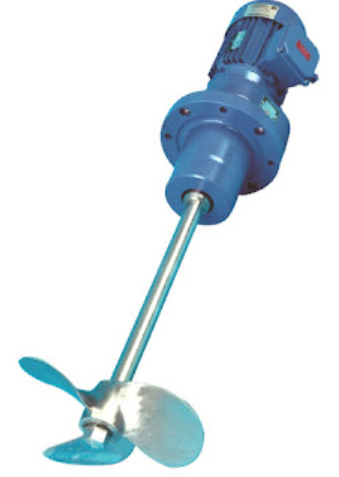Datgur Engineering specializes in the design and manufacture of high-performance agitators tailored to meet the stringent requirements of the pharmaceutical industry. Our agitators are engineered to provide precise, reliable, and contamination-free mixing solutions, ensuring that the most delicate pharmaceutical processes are conducted with efficiency and safety. Whether used in small-scale laboratory settings or full-scale production environments, Verito’s agitators are built to deliver superior performance, ensuring consistency, repeatability, and compliance with the highest industry standards.

In the pharmaceutical industry, agitators are critical components used in various stages of production, from mixing and dissolving substances to facilitating chemical reactions. Their primary purpose is to ensure uniformity and consistency by stirring and blending ingredients within a vessel or tank, essential for producing high-quality drugs and maintaining product standards.
Here’s a breakdown of the types and functions of agitators in pharmaceuticals:
1. Types of Agitators
- Anchor Agitators: Designed for viscous substances, anchor agitators have blades that scrape the walls of the vessel, ensuring complete mixing and preventing buildup.
- Turbine Agitators: Used for mixing liquids with low-to-medium viscosity, these are ideal for applications like blending and homogenization.
- Propeller Agitators: These agitators are used for high-speed mixing, perfect for low-viscosity liquids or achieving rapid dissolution.
- Paddle Agitators: With two flat blades, paddle agitators are versatile and work for both high- and low-viscosity liquids.
- Magnetic Agitators: Suitable for sterile environments, magnetic agitators use a magnetic coupling to rotate the impeller within sealed vessels, reducing contamination risk.
2. Applications in the Pharmaceutical Industry
- Dissolution of Active Pharmaceutical Ingredients (APIs): Agitators aid in dissolving APIs into solvents, ensuring homogeneity and consistent drug efficacy.
- Blending of Formulations: In tablet or syrup production, agitators help mix multiple ingredients, ensuring uniform distribution.
- Chemical Reactions: For reactions that require temperature and mixing precision, agitators maintain a controlled environment within the reaction vessel.
- Emulsification and Homogenization: Essential in the formulation of creams, lotions, and suspensions, agitators help combine immiscible liquids.
3. Key Factors in Agitator Design
- Material Compatibility: Pharmaceutical-grade agitators are typically made from stainless steel (often 316L) to withstand the chemicals and high hygiene requirements.
- Speed and Power: The motor’s speed and power need to be matched with the viscosity of the substance and the desired mixing results.
- Clean-In-Place (CIP) and Sterilize-In-Place (SIP): Agitators in pharma settings often include CIP/SIP systems to meet stringent regulatory cleanliness requirements.
4. Advantages of Agitators in Pharmaceuticals
- Enhanced Product Quality: Consistent mixing ensures product homogeneity, which is crucial for dosage accuracy.
- Improved Process Efficiency: Faster and more efficient mixing reduces processing time and increases throughput.
- Reduced Risk of Contamination: Magnetic and hermetically sealed agitators minimize contamination risk, essential for sterile products like injectables.
5. Regulatory and Compliance Considerations
- Agitators in the pharmaceutical industry must adhere to Good Manufacturing Practice (GMP) standards and may also need to comply with FDA and EMA guidelines, which emphasize hygiene, traceability, and quality control.
